Boeing to exhibit Apache AH-64 attack helicopter stimulators at Aero India; showcase initiatives to boost 'Make-in-India'
Admin
09 Feb 2023
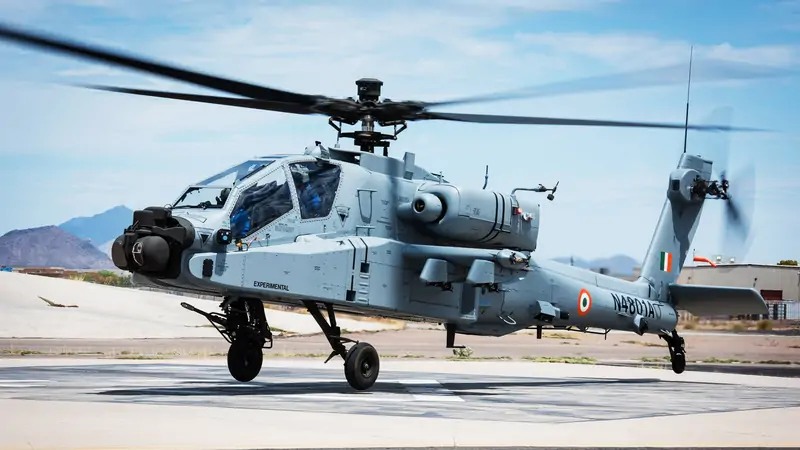
American aerospace giant Boeing, a major player in the Indian defence and commercial aviation sector will be exhibiting the simulator of their Apache AH-64 attack helicopters, at the Aero India aviation exhibition in Bengaluru. During the exhibition that goes on from February 13-17, the firm will also be exhibiting scale models of their offering such as, P8I Maritime surveillance and Anti-submarine warfare aircraft, CH-47 Chinook tandem rotor heavy-lift helicopter, 737, 787 Dreamliner and the 777X.
Boeing's carrier-based fighter aircraft the F/A-18 Super Hornet and the French Dassault Rafale-M are close contenders for the Indian Navy's fighter jet requirements. It is expected that Boeing will showcase the F/A-18 Super Hornet fighter aircraft at the event.
According to Boeing, the company will be focusing their presence at Aero India 2023 on investments in growing local services and capabilities, workforce development and partnerships in support of India’s 'Aatmanirbhar Bharat'(self-reliant) vision. A key strategic goal for Boeing in India is to strengthen and leverage local talent and its growing network of more than 300 supplier partners, said the firm.
"The Indian aerospace and defence industry is poised for growth and offers significant opportunities for Boeing with our proven portfolio of products and services," said Salil Gupte, president, of Boeing India.
"Boeing is committed to supporting and enabling this progress with a vision to bring the best of Boeing to India and take the best of India to the world," he added.
The joint venture between Boeing and Tata Advanced Systems Limited (TASL), Tata Boeing Aerospace Limited (TBAL) recently delivered the first fuselage for six AH-64 Apache attack helicopters ordered by the Indian Army from its facility in Hyderabad. TBAL has produced and supplied Boeing’s Apache final assembly plant in Mesa, Arizona with over 190 fuselages.
Boeing said it is expanding its support for local customers in India by establishing an ecosystem of comprehensive support packages and indigenous maintenance, repair and overhaul (MRO) capabilities with partners through the Boeing India Repair Development and Sustainment (BIRDS) program.
At present, India's armed forces operate 11 C-17 Globemaster III strategic transporters, 22 AH-64 Apache attack helicopters (with six more on order), 15 CH-47 Chinook helicopters, and 12 P-8I maritime surveillance aircraft. In addition to this, the Government owns and operates three VVIP aircraft, and two Head of State aircraft. More than 150 Boeing airplanes, including the Next-Generation 737, 737 MAX, 757, 777, and 787 Dreamliner, are operated by India’s leading commercial airlines. Boeing's annual sourcing from India stands at over $1 billion and the firm employs over 5,000 people in India, and more than 13,000 people work with its supply chain partners.
Read next
European aerospace giant Airbus will host a public meet-and-greet event aimed at recruiting engineering and IT talent at 'Aero India', which is slated to be held in Bengaluru this month, officials said.
The talent scouting event is part of the company's industrial ramp-up in this year, during which it intends to recruit more than 13,000 people globally, they said.
"The new hires will be instrumental in supporting Airbus' industrial ramp-up, its ambitious decarbonisation roadmap and preparations for the future of aviation," the global aerospace firm said in a statement.
The 14th edition of 'Aero India', known as Asia's largest aerospace exhibition, will be held from February 13 to 17.
Aspiring candidates can meet Airbus executives at stand number CR7.1 in Hall C, where they can explore career opportunities in airframe design, avionics, aircraft systems simulation, data analytics, cybersecurity and cabin engineering, the statement said.
Candidates will also get a chance to interact with senior Airbus officials to find out more about the company’s already extensive and growing footprint in India and South Asia, it said.
"Airbus is a top destination for the very best of India's engineering and information management talent with a passion for aerospace," Suraj Chettri, HR Director, Airbus India and South Asia, was quoted as saying in the statement.
Visitors to the Airbus stall will also get an opportunity to see its extensive range of products, cutting-edge technologies, services and innovations from its commercial, helicopters and defence and space portfolios.
The stand will display scale models of the new-generation tanker A330 MRTT as well as the C295 military aircraft that the company will build under its 'Make in India' programme with its industrial partner, the Tata Advanced Systems Ltd, in Gujarat.
"Visitors to the stand can also see digital displays of the earth observation satellite, the Pléiades Neo, OneAtlas, that provides premium satellite imagery, and Sirtap, a tactical unmanned aerial system (UAS)," the statement said.
Scale models of the VSR700 from the UAS category, H225M from the military category, and the H160 from the civil helicopter range will also be on the show along with the commercial aircraft model of the A350, it said.
Read next
Prime Minister Narendra Modi on Monday, February 6 inaugurated the Hindustan Aeronautics Limited's helicopter factory -- the country's largest chopper manufacturing facility -- in the Tumakuru district of Karnataka.
Bengaluru-headquartered HAL plans to produce more than 1,000 helicopters in the range of 3-15 tonnes with a total business of more than INR 4 lakh crore over 20 years at this facility in Gubbi taluk, officials said.
The factory, spread across 615 acres for which the Prime Minister laid the foundation stone in 2016, would initially manufacture Light Utility Helicopters (LUH). It will enable India to meet its entire requirement of helicopters without import and give a much-needed fillip to the Prime Minister's vision of 'Aatmanirbhar Bharat' in helicopter design, development, and manufacture, they said.
https://twitter.com/HALHQBLR/status/1622605126824509446
Defence Minister Rajnath Singh, Karnataka Chief Minister Basavaraj Bommai and senior officials of the Ministry of Defence were among those present on the occasion. "It is a dedicated new greenfield helicopter factory which will enhance India's capacity and ecosystem to build helicopters," Singh said. Assembly polls in Karnataka are due by May.
PM Modi unveiled the LUH, which has been flight tested. The LUH is an indigenously designed and developed three-tonne class, single-engine multipurpose utility helicopter. Initially, the factory will produce around 30 helicopters per year which can be enhanced to 60 and then 90 every year in a phased manner, according to the Defence Ministry.
The factory will be augmented to produce other helicopters such as Light Combat Helicopters (LCHs) and Indian Multirole Helicopters (IMRHs). It will also be used for maintenance, repair and overhaul of LCH, LUH, Civil Advanced Light Helicopter (ALH) and IMRH in the future.
Potential exports of civil LUH will also be catered to from this factory, which is being equipped with state-of-the-art Industry 4.0 standard tools and techniques for its operations, officials said. The proximity of the factory, with the existing HAL facilities in Bengaluru, will boost the aerospace manufacturing ecosystem in the region and support skill and infrastructure development such as schools, colleges and residential areas.
The factory is fully operational after the establishment of facilities like heli-runway, flight hangar, final assembly hangar, structure assembly hangar, air traffic control and various supporting service facilities, officials said.
Read next
Over the past few months, Akasa Air has acquired five brand-new Boeing 737 MAX aircraft from leasing company Avolon. The Indian airline now has 17 737 MAXs in service and is constantly growing its fleet through lease agreements.
Delivery of the aircraft commenced in December 2022 and was completed in January 2023. This sale and leaseback transaction is Avolon’s first deal with Akasa.
“We are excited to support new entrants to the market, so it is a pleasure to have completed this transaction to lease five new narrowbody aircraft to Akasa. We congratulate Akasa on their successful launch and look forward to building on our strong relationship with them.”
Paul Geaney, President and Chief Commercial Officer, Avolon
Headquartered in Ireland, with offices in the United States, Dubai, Singapore, Hong Kong and Shanghai, Avolon provides aircraft leasing and lease management services. Avolon is 70% owned by an indirect subsidiary of Bohai Leasing Co., Ltd., a public company listed on the Shenzhen Stock Exchange and 30% owned by ORIX Aviation Systems, a subsidiary of ORIX Corporation which is listed on the Tokyo and New York Stock Exchanges.
“Since our launch last August we have rapidly added capacity, new routes and welcomed one million passengers to our unique offering. We are delighted to join hands with Avolon and will continue to invest in new technology aircraft that can offer superior reliability and carbon efficiency.”
Bhavin Joshi, Co-Founder and Sr. Vice President – Leasing & Procurement at Akasa Air
Akasa Air is India’s newest airline. The carrier launched its first commercial flight on 07 August 2022 to support the growing demand across India. Akasa Air has placed a firm order of 72 Boeing 737 MAX airplanes, powered by CFM fuel-efficient, LEAP-1B engines. The 737 MAX family aircraft deliver superior efficiency in reducing fuel use and carbon emissions, fulfilling the airline’s promise of being an environmentally friendly company with the youngest and greenest fleet in the Indian skies.
(Feature Image - Brian Worthington)
Read next
Pawan Hans will launch helicopter services on six routes in Assam on February 8.
These routes will be launched under the regional air connectivity scheme UDAN.
Pawan Hans has been awarded 86 routes under the scheme in six states.
According to an official release on Monday, the company will provide connectivity on "Dibrugarh-Jorhat-Tezpur-Guwahati-Tezpur-Jorhat-Dibrugarh" network in the first phase.
"Subsequently, the services will be operationalised in the state of Arunanchal Pradesh," it said.
https://twitter.com/PawanHansLtd/status/1622792702927720448
The RCS UDAN of the Ministry of Civil Aviation is giving special impetus to providing air connectivity to the remote places of the northeastern states which have inadequate rail and road connectivity.
The Ministry said that operationalization of these routes will create ease of travel for the residents of the region and give a boost to trade and tourism.
UDAN, which is an acronym for the scheme called Ude Desh ka Aam Naagrik, is a regional airport development program under the Centre’s regional connectivity scheme, aimed at refurbishing under-served airports to make air travel affordable.
Union Finance Minister Nirmala Sitharaman on February 1 proposed to increase the budgetary allocation for the Government's regional air connectivity scheme UDAN in FY24.
In the Budget for the next financial year, the Finance Minister earmarked Rs. 1,244.07 crore for the scheme, up from Rs 600.71 crore (BE FY23) and a revised estimate of Rs 1,078.81 crore.
“The proposal is for the revival of 22 airports and for commencement of 100 RCS (Regional Connectivity Scheme) routes…(and) Viability Gap Funding for North East Connectivity,” said the notes on demands for grants.
In recent years, the Centre has been improving regional air connectivity through UDAN, which focuses on linking Tier-2 and Tier-3 cities.
The scheme provides viability gap funding, a form of financial support, to airlines that have been selected via a bidding process to operate flights on under-served or unserved routes.
Read next
By 2050, it is anticipated that aviation will have increased its share of world CO2 emissions from 2.5% to 25% as other industries go carbon-free. Quitting flying is the simplest method to decarbonize aviation. Current operations require new fuels that don't produce CO2 in order to continue. Although expensive, manufacturing is constrained, and sustainable aviation fuels continue to emit CO2 that remains in the atmosphere for eons, they provide a bridge for existing fleets.
Representative
In contrast, hydrogen is carbon-free and outperforms kerosene in terms of gravimetric efficiency, a factor that is critical in the aerospace industry. The UK Government-funded Aerospace Technology Institute (ATIFlyZero )'s research program, which published its findings earlier this year, confirmed the viability of hydrogen-powered aircraft.
Developments so far
Fuel cells or modified turbine-based powertrains, cryogenic tanks, and hydrogen infrastructure at airports will be necessary for hydrogen-powered aircraft.
Hydrogen fuel-cells | Representative | Bloomberg
FlyZero presented physics-based models of three study aircraft of increasing size and range,” explains FlyZero chief propulsion engineer. It found a hydrogen-powered mid-size aircraft carrying 280 passengers could travel anywhere in the world with one refueling stop. That changed industry perceptions of hydrogen as a future net-zero fuel- explains FlyZero chief propulsion engineer, Simon Webb
Airbus is in charge of developing aircraft fueled by hydrogen, and it is modifying its test A380 MSN001 to serve as its demonstrator for its ZEROe program.
Imagine it as a flying hydrogen laboratory. Without seats, the A380 test aircraft gives us the entire main and upper decks to conduct tests. We will fit a fifth engine that burns hydrogen in a stub above the fuselage. Inside, we will install four cryogenic tanks within a non-pressurized bubble and hydrogen distribution and evaporation systems- says Airbus’ head of ZEROe demonstrators and tests, Mathias Andriamisaina
The aircraft will still be powered by conventional engines, but it will also offer a test environment for hydrogen propulsion systems. However, Airbus is not relying solely on hydrogen combustion and is investigating other ideas concurrently. In order to decarbonize present fleets, it believes sustainable aviation fuel to be essential.
The obvious challenges
Retrofitting an airliner with hydrogen engines is not a viable way to serve airlines. An aircraft with low maintenance and operating costs with hydrogen propulsion must start from a clean-sheet design with freedom to play with the locations of tanks and passengers- says Andriamisaina
By 2035, Airbus plans to launch a 100-seat, 1,150-mile (1,850-kilometer) range initial product before developing a 200-seat, 3,700-mile (2,300 km) range hydrogen combustion aircraft.
Due to its smaller volume, liquid hydrogen uses 80% less fuel tank space than gaseous hydrogen to provide the same amount of energy. Since only liquid hydrogen, according to Airbus, will work for strong, transcontinental aircraft, the development of on-board cryogenic equipment is necessary.
We must store liquid hydrogen below -253°C (-423?F) for twelve hours or more. We want a fully passive system, without freezers or compressors, to optimize storage capacity against system mass. Airbus has launched Zero-Emission Development Centers (ZEDCs) in France, Germany, UK and Spain to create in-house capability for insulated, safe and reliable cryogenic storage and distribution- Andriamisaina explains
Airbus
It is necessary to merge cryogenic technology, which is primarily utilized for chemical land storage, with aircraft. Aircraft will require cryogenic leak detection, distribution, and evaporation systems in addition to tanks. Experience with cryogenic fluids from the space sector is relevant, however whereas rockets burn quickly and strongly, an airliner's cryogenic pumps will need to last 10,000 hours.
Race to hydrogenation
Using considerably shorter timeframes, startups H2FLY and ZeroAvia are constructing smaller, fuel-cell-powered aircraft. ZeroAvia is ready to test a 19-seater Dornier 228 with a 600kW propulsion system after successfully flying a six-seater Piper Malibu with a 250kW hydrogen-electric propulsion system in 2020.
AOPA
By 2025, ZeroAvia hopes to have its 600kW powertrain certified so that it can be used in aircraft with nine to nineteen seats. This is the same timeframe that H2FLY anticipates beginning operations with their 300kW five-seater aircraft. The technology used on the company's HY4 hydrogen-retrofitted Pipistrel Taurus G4 glider, originally created at the German Aerospace Center, will be used on H2FLY's aircraft.
SOURCE
Airbus will do small-scale tests with smaller planes to gather information. The Arcus-J sailplane that set the world record for glider height will have hydrogen combustion retrofitted as part of the Blue Condor project by Airbus and the nonprofit Perlan Project. However, creating an airplane powered by hydrogen is a longer-term project.
Arcus | Representative | SOURCE
In the UK, Rolls Royce is already testing gaseous hydrogen combustion and injection at Boscombe Down and plans to test an engine there as well. At Filton, Bristol, Airbus will test hydrogen fuel systems and individual parts. At Cotswold Airport in Gloucestershire, which also houses ZeroAvia's test-hangar, engineering firm Filton Systems Engineering of the UK is generating liquid hydrogen.
Infrastructure on the ground and a reliable global hydrogen supply will be needed for hydrogen aircraft. Airbus has established an ecosystem team to construct physical and regulatory frameworks and joined the Hy24-managed hydrogen infrastructure fund.
Airbus
Together with Aéroports de Paris, Airbus will develop hydrogen infrastructure. At Stuttgart Airport, H2FLY executed its most recent flight campaign to highlight its integration with global operations.
SOURCE: AEROSPACE TESTING INTERNATIONAL
COVER: Honeywell Aerospace

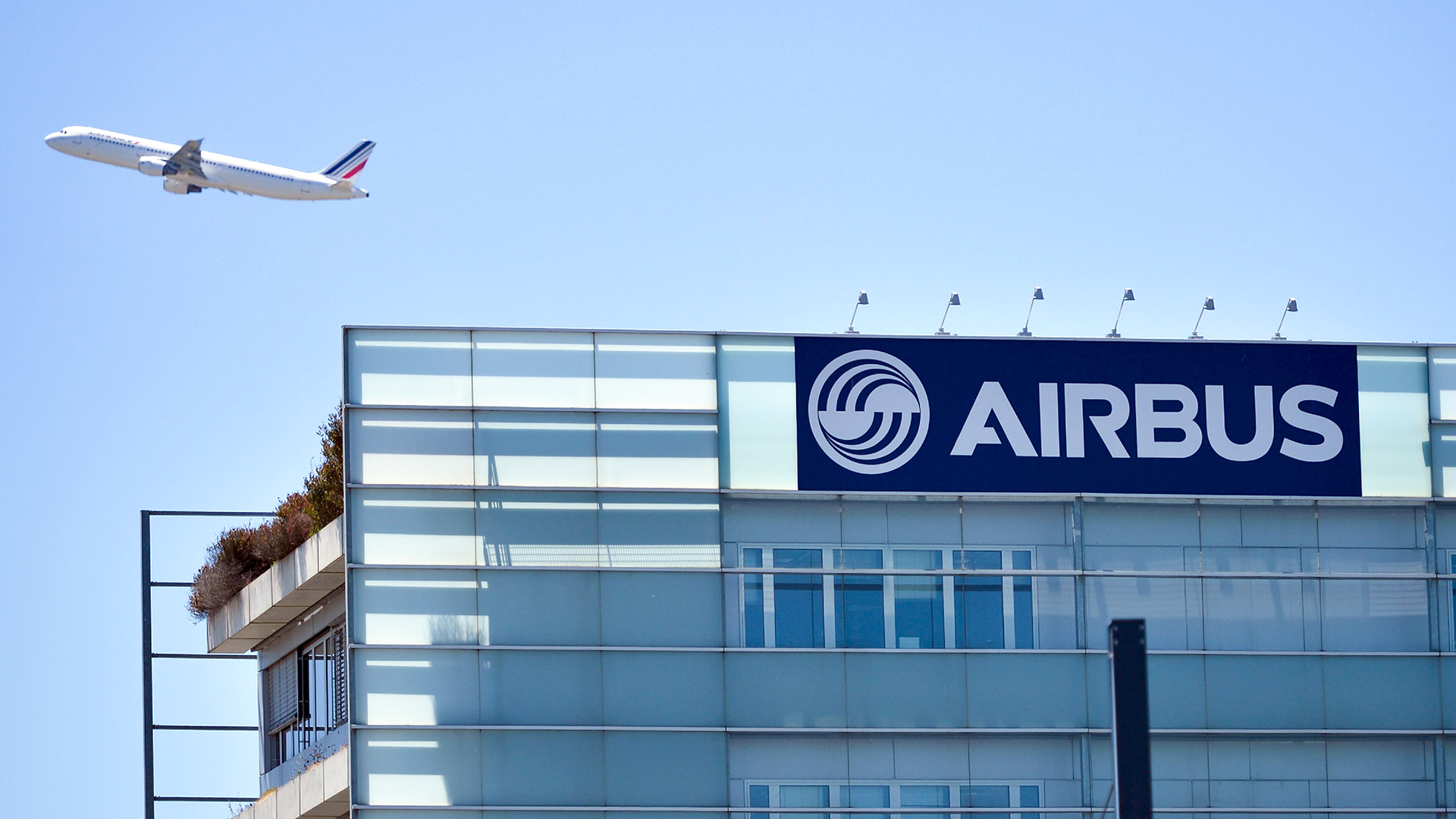
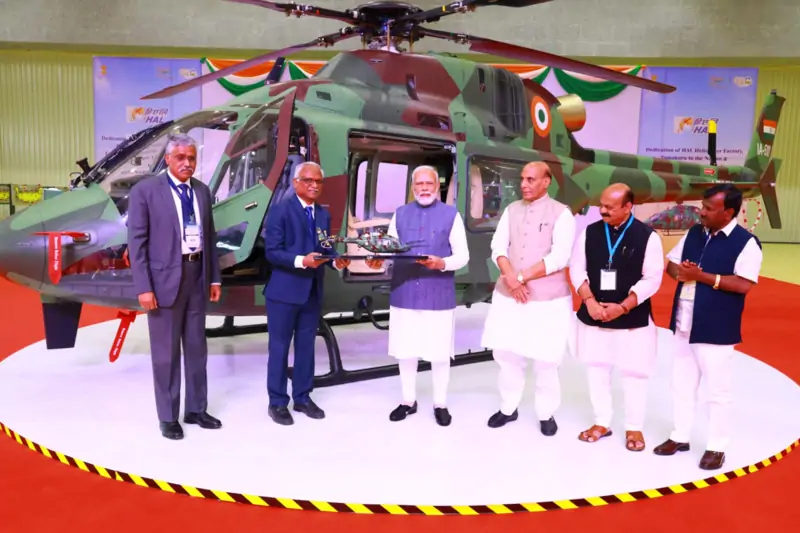
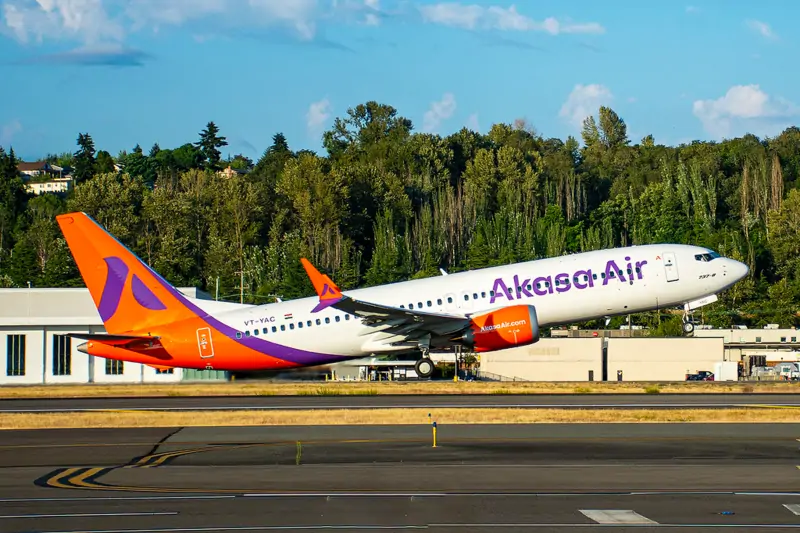
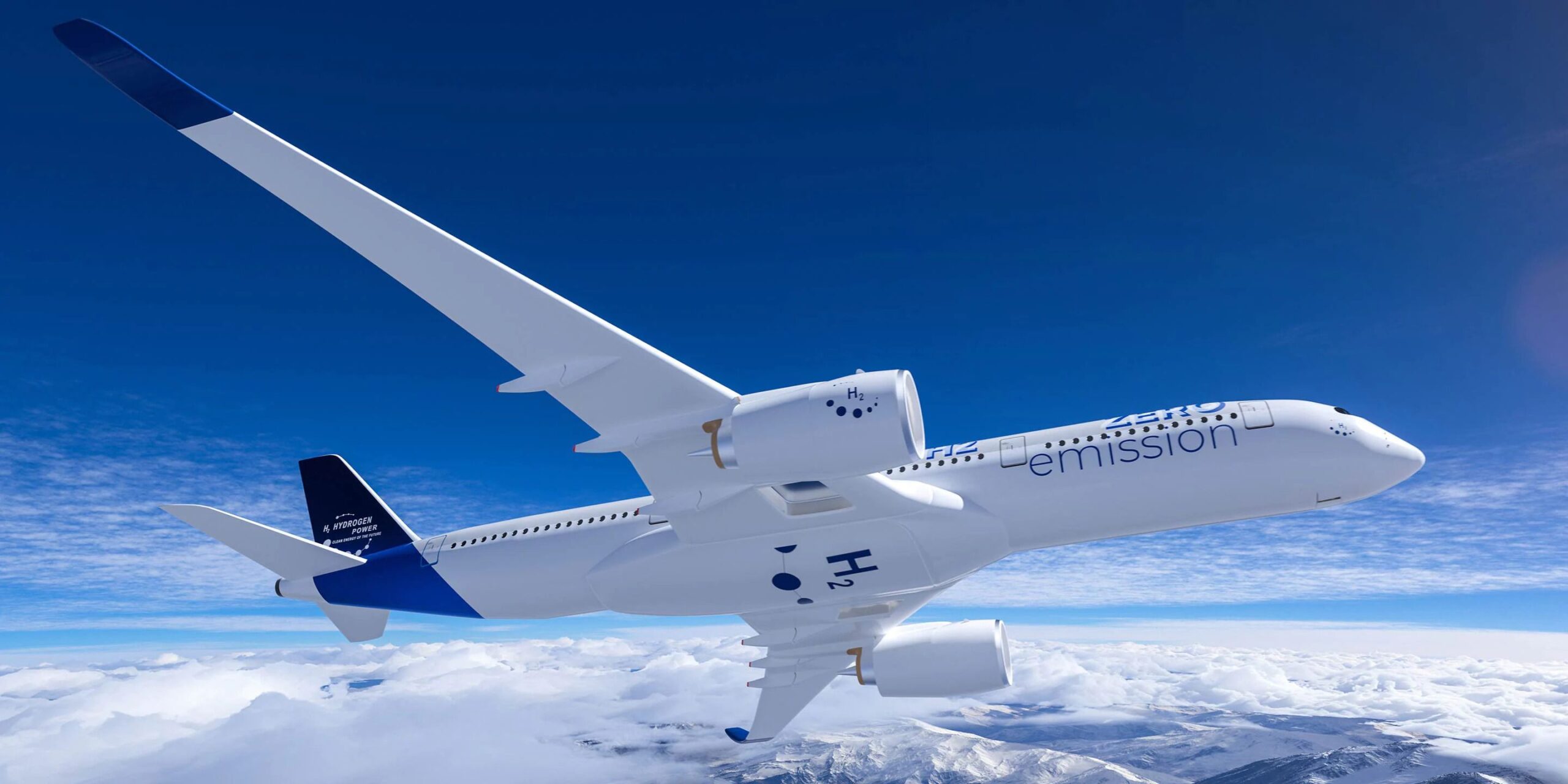
Comment